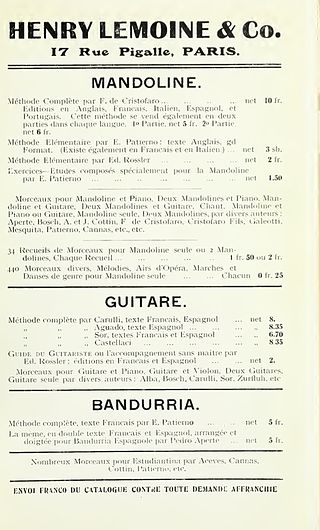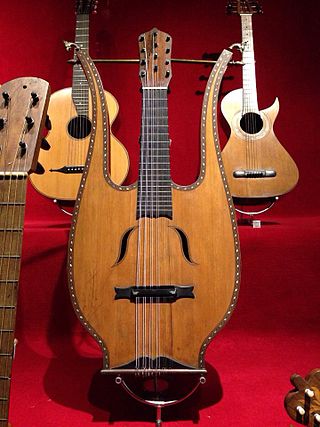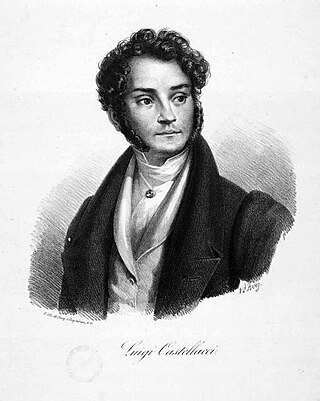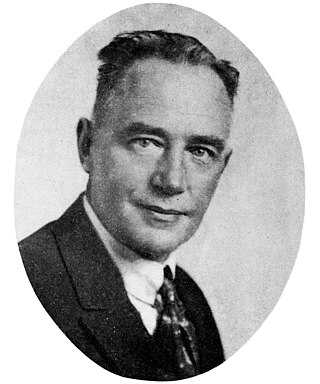Related Research Articles

Frank Martin was a Swiss composer, who spent much of his life in the Netherlands.

Édouard-Victoire-Antoine Lalo was a French composer. His most celebrated piece is the Symphonie Espagnole, a five-movement concerto for violin and orchestra that remains a popular work in the standard repertoire.

Pierre Marie François de Sales Baillot was a French violinist and composer born in Passy. He studied the violin under Giovanni Battista Viotti and taught at the Conservatoire de Paris together with Pierre Rode and Rodolphe Kreutzer, who wrote the Conservatoire's official violin method. He was sole author of the instructional L'Art du violon (1834). Baillot's teachings had a profound influence on technical and musical development in an age in which virtuosity was openly encouraged. He was leader of the Paris Opéra, gave solo recitals and was a notable performer of chamber music.

Ferdinando Maria Meinrado Francesco Pascale Rosario Carulli was an Italian composer for classical guitar and the author of the influential Méthode complète pour guitare ou lyre, op. 27 (1810), which contains music still used by student guitarists today. He wrote a variety of works for classical guitar, including numerous solo and chamber works and several concertos. He was an extremely prolific writer, composing over 400 works for the instrument.
Peter Racine Fricker was an English composer, among the first to establish his career entirely after the Second World War. He lived in the US for the last thirty years of his life. Fricker wrote over 160 works in all the main genres excepting opera. He was a descendant of the French playwright Racine.
Tristan Murail is a French composer associated with the "spectral" technique of composition. Among his compositions is the large orchestral work Gondwana.

Vittorio Monti was an Italian composer, violinist, mandolinist and conductor. His most famous work is his Csárdás, written around 1904.

Sérgio Assad is a Brazilian guitarist, composer, and arranger who often performs with his brother, Odair, in the guitar duo Sérgio and Odair Assad, commonly referred to as the Assad Brothers or Duo Assad. Their younger sister Badi is also a guitarist. Assad is the father of composer/singer/pianist Clarice Assad. He is married to Angela Olinto.

The early romantic guitar, the guitar of the Classical and Romantic period, shows remarkable consistency from 1790 to 1830. Guitars had six or more single courses of strings while the Baroque guitar usually had five double courses. The romantic guitar eventually led to Antonio de Torres Jurado's fan-braced Spanish guitars, the immediate precursors of the modern classical guitar.

Henry Lemoine was a French music publisher, composer, and piano teacher.
André Bon is a French composer. A student of Olivier Messiaen, he has composed over fifty works including several chamber operas. He is Professor of Composition at the Argenteuil Conservatory.
Antoine de Lhoyer [L'Hoyer] was a French virtuoso classical guitarist and an eminent early romantic composer of mainly chamber music featuring the classical guitar. Lhoyer also had a notable military career; he was an elite member of the Gardes du Corps du Roi, a Knight of the Order of St John and a Knight of the Order of St Louis. His music fell into obscurity even before his impoverished death at the age of 83 in Paris.

Pierre-Jean Porro was an influential French classical guitarist, composer and music publisher.

A musical instrument of the chordophone family, the lyre-guitar was a type of guitar shaped to look like a lyre, popular as a fad-instrument in the late 1800s. It had six single courses, with a fretboard located between two curved arms recalling the shape of the ancient Greek kithara. It was tuned and played like the conventional guitar.

Filippo Gragnani was an Italian guitarist and composer.

Giuseppe Branzoli was a violinist, mandolinist, composer, author, educator at the Liceo Musicale di St. Cecilia in Rome, and the founder of the periodical IL mandolin Romano. His compositions were for violin, mandolin, flute and cello, as well as church music.

Luigi Castellacci was an Italian virtuoso on the mandolin and guitar, an instrumental composer and the author of popular French romances with guitar and piano accompaniments.
Pierre François Olivier Aubert was a French cellist, guitarist and composer. He mostly abbreviated his name as "P. F. Olivier Aubert".

Heinrich Albert was a German guitarist, composer and teacher – the most prominent German classical guitarist of his time.
François Victor Antoine Magnien was a French violinist, guitarist, conductor, teacher and composer.